The 46th edition of the Dakar Rally is the fourth time the iconic rally raid has visited Saudi Arabia and, with the event just around the corner, there’s no better time than the present to get you up to speed with the most challenging cross-country rally in the world.
If you’re new to the Dakar and wondering why it’s being held in the Middle East and not the Senegalese capital which it is named after, or indeed how the event works in the first place, let’s set the record straight.
What is the Dakar Rally?
The Dakar Rally – or the Paris-Dakar Rally as it was originally known – has evolved considerably since its inception back in the winter of 1978/79. It was created by the late Thierry Sabine with the route beginning in Paris and tracing its way down France and through multiple countries in northern Africa before reaching its conclusion in the city of Dakar along the famous Lac Rose beach.
The route has undergone some significant alterations throughout the years and has rarely kept the same itinerary, with the 1992 edition running from Dakar down the length of Africa and ending in Cape Town.
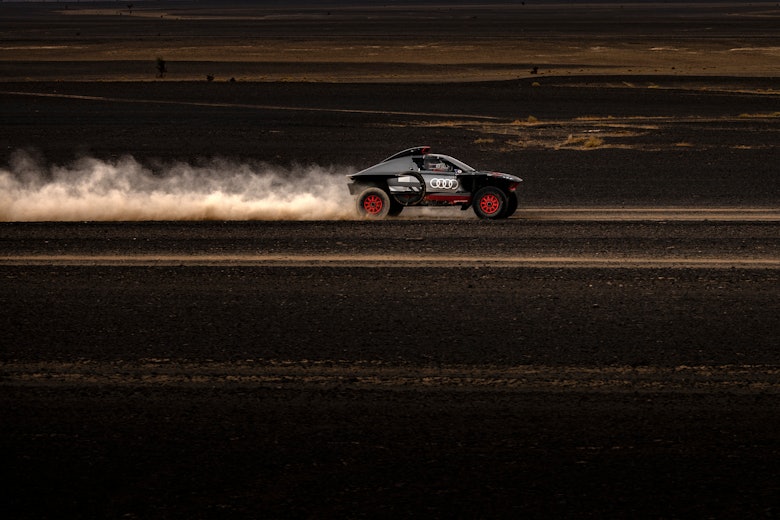
The 1994 event was a complete Paris-Dakar-Paris rally with the finish at the newly opened Disneyland Paris amusement park.
Geopolitical issues in the late 2000s forced the cancellation of the event in 2008, leaving organizers no option but to source a new location for the Dakar. South America was the continent of choice and, given the exposure and following the Dakar Rally had, the event’s organizing body the ASO elected to keep the rally’s name unchanged.
Following a 10-year stint in South America, Saudi Arabia was selected as the next host country for the event, starting in 2020 and running there ever since. In short, the Dakar is a brand which has stood the test of time, continuing well beyond the traditional finish in the city bearing its name.
Although a standalone event for many years, the Dakar Rally is now also part of the wider cross-country rallying scene and is the opening round for the new-for-2022 World Rally-Raid Championship (W2RC).
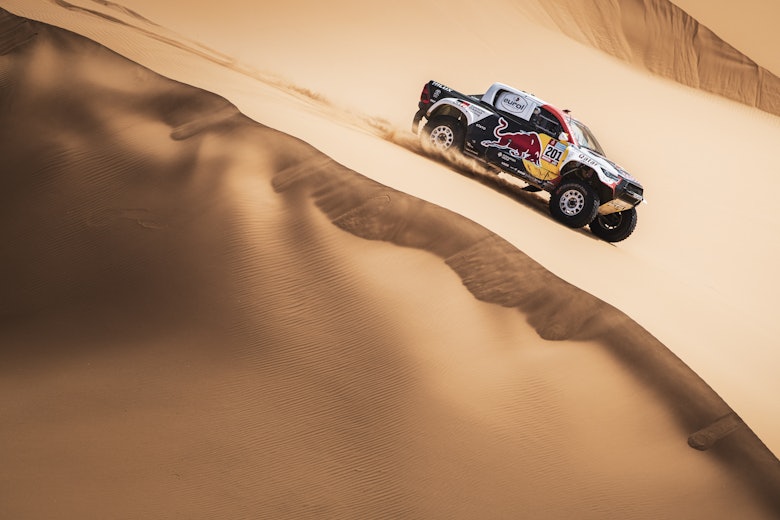
In 2023, W2RC crews follow up the Dakar with the Abu Dhabi Desert Challenge in February then the Sonora Rally in Mexico at the end of April. After that it’s down to Argentina for the Desafio Ruta 40 in August before finishing the season in October with a traditional Dakar Rally warm-up event, the Rallye du Maroc.
The stages
Put simply, these are long stages which demand the very maximum from competitors and machines. On average, a Dakar stage is as long as an entire World Rally Championship event, and the crews of 2023 will have to endure 14 days of this after a comparatively shorter road-order setting prologue stage on December 31.
Much like conventional rally stages, there is a liaison from the centralized service park (called a bivouac) to the DSS (the départ of the special stage). The DSS marks the start of the timed section of stage for the day. Stages can range from between 150km to well over 500km and present an array of dangers, obstacles and challenges which crews have to overcome to get to the ASS (arrivé of the special stage).
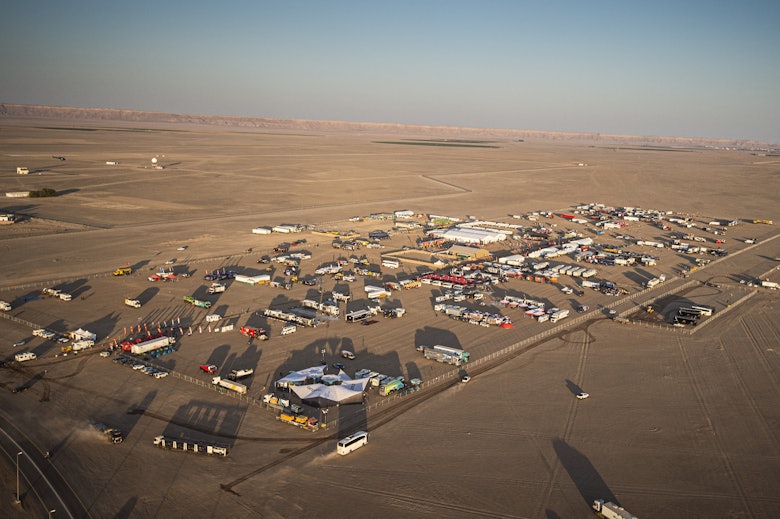
For the stages themselves, this is where the crews earn the right to continue the following day. The nature of cross-country rallying is that nothing is predictable. Crews may encounter sand dunes that are 100m tall, fast rocky tracks with added puncture risks, wadis (dried out riverbeds) and perilous fesh-fesh (deep sand which sucks traction out of cars and bikes).
Each crew needs to follow a prescribed route, up to a point. They need to pass through waypoints which are either visible or invisible. Crews must use their navigation skills and equipment to find these waypoints and get within 10m of them to validate that they have reached it. A missed waypoint will incur a penalty.
Another element to the Dakar stages is that endurance is key. Mechanical endurance in particular is of paramount importance, and no more so than during the Marathon Stage. This year, the infamous Empty Quarter will play host to the Marathon Stage, where no assistance is allowed, and crews are not permitted to return to the bivouac.
Should a mechanical issue strike, it is up to the crews – who must carry food supplies and a tent with them – to fix the car in order to continue the next day.
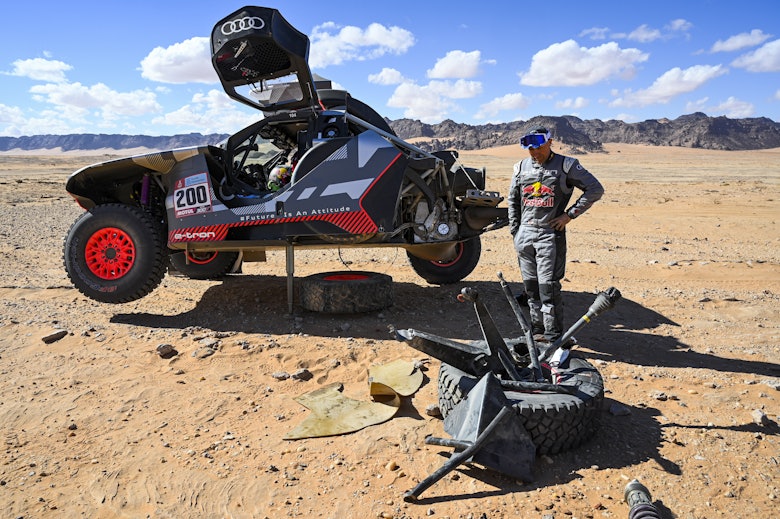
Outside the Marathon Stage, team assistance trucks also drive the stages, but only after every class has started. So, get used to seeing crews waiting patiently in the desert for their assistance truck to bail them out.
Navigation/Roadbook
In order to get to these waypoints, crews must rely on a special navigation system, which is unlike conventional stage rallying. There are no recces in cross-country rallying, no dedicated pacenotes and no maps. Crews are given a roadbook for each special stage, created by the organizers via multiple teams of people.
The organizers “open” the road, laying out a basic track for the bikes, quads, cars, SSVs and trucks to follow. Although the tracks are there, wind and sandstorms can quickly blow away any signs of this by the time crews reach the stages, meaning they have to trust what they see in the roadbook and their own judgments.
The roadbooks are made available just 15 minutes before the start of the special stages, leaving crews limited time to read it, make notes and prepare for the road ahead. Gone are the days of paper roadbooks; instead, a tablet-style electronic version is what the crews have. Inside the cars is a selection of other navigational devices, such as a speedometer, odometer, GPS and compass.
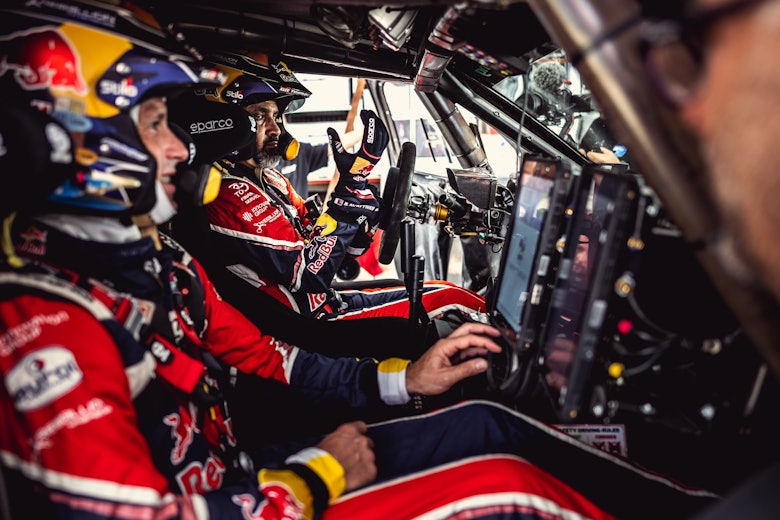
The roadbook will tell crews how far to drive in kilometers, some basic directional pointers such as compass cap headings, any dangers ahead of them and in some cases, special landmarks to help them understand where they are on the stage. Other than that, they are on their own and the best driver-navigator combination wins.
The electronic road book, however, has not been without its issues, with organizers admitting to an error in last year’s version on stage 1B. A plethora of crews got lost, including three-time winner Carlos Sainz who shipped upwards of two hours before he relocated himself on the stage.
The classes
Much of the focus on the Dakar is understandably on the car and bike classes, but there are plenty of other classes to keep an eye on throughout the event.
The bikes and cars may appear self-explanatory, and while that is true, there are multipe different categories for two and four-wheel machines.
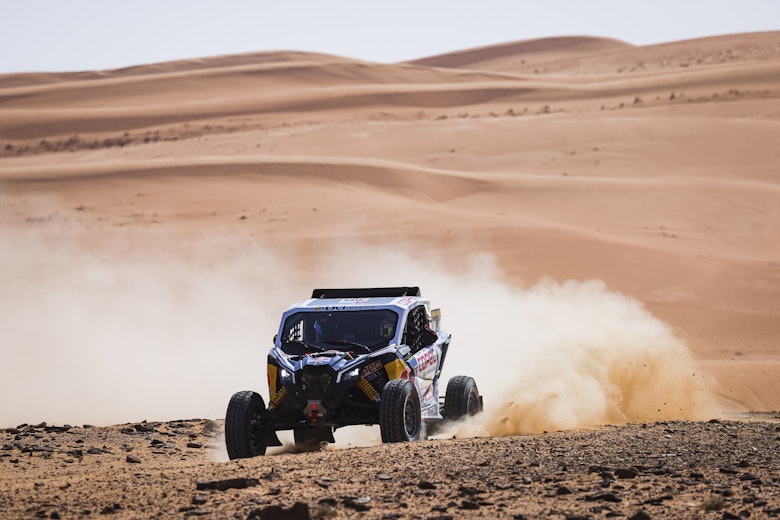
In the bikes, the Malle Moto class is one for the true amateur rider. A nod to the early days of the Dakar where riders turned up and raced what they brought. For many, the Malle Moto class is the real spirit of the rally as the riders have to prepare and repair their own machinery, without the help of a factory team such as KTM, Husqvarna or Honda. This often results in incredibly long days, late nights and less than luxurious accommodation.
The cars are split into basic T1 and T2 categories. T1 itself is also split up into T1, T1+ and T1U following the introduction of the alternative energy regulations by the FIA and ASO. T1+ include the likes of Toyota Gazoo Racing, Bahrain Raid Xtreme and a number of privateers in the form of GCK and Overdrive Racing, while T1-Ultimate is reserved for new technology machines and is where you will find Audi with its hybrid RS Q e-tron.
Two classes for side-by-side (SSV) vehicles also feature heavily on the Dakar, with the T3 Lightweight Prototypes the fastest cars outside the T1 and T2 categories. These are notable for their lack of windshield, meaning both drivers and navigators wear eye goggles along with their full-face helmets to keep the dust and sand out of their eyes. The T4 SSVs are more production-based and come with a windshield.
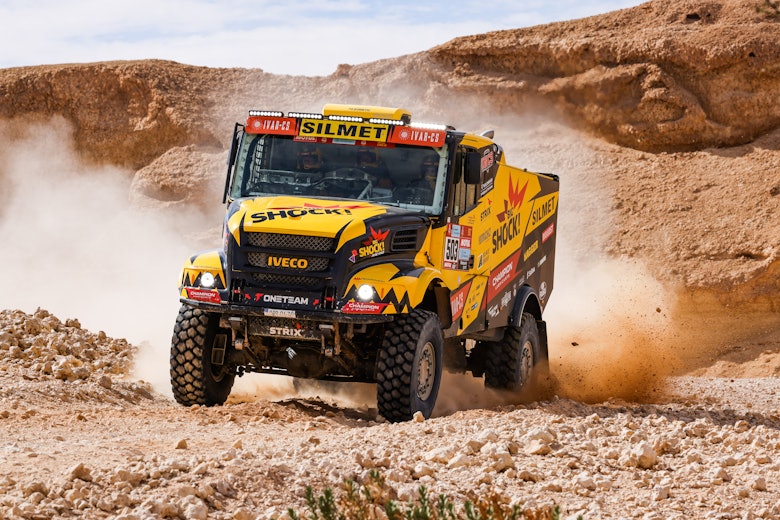
The T5s class is reserved for trucks, which feature at least three crew members each. One driver, one navigator and one or two mechanics, depending on the size of the team. These run last and are some of the most powerful vehicles in the event. Originally running as assistance truck to car crews in the early days, a separate event was created specifically for these vehicles, and has proven immensely popular over the years.
Where to follow
On DirtFish of course!
Join us for daily coverage of each stage of the Dakar as well as our very own roving reporter Colin Clark on the ground in Saudi Arabia.
Following the stages in real time is also easily done, via the Dakar Rally website, while television viewers in Europe can tune in to Eurosport’s highlights program each evening. Peacock will be broadcasting daily highlights every evening from January 1 in the United States.





